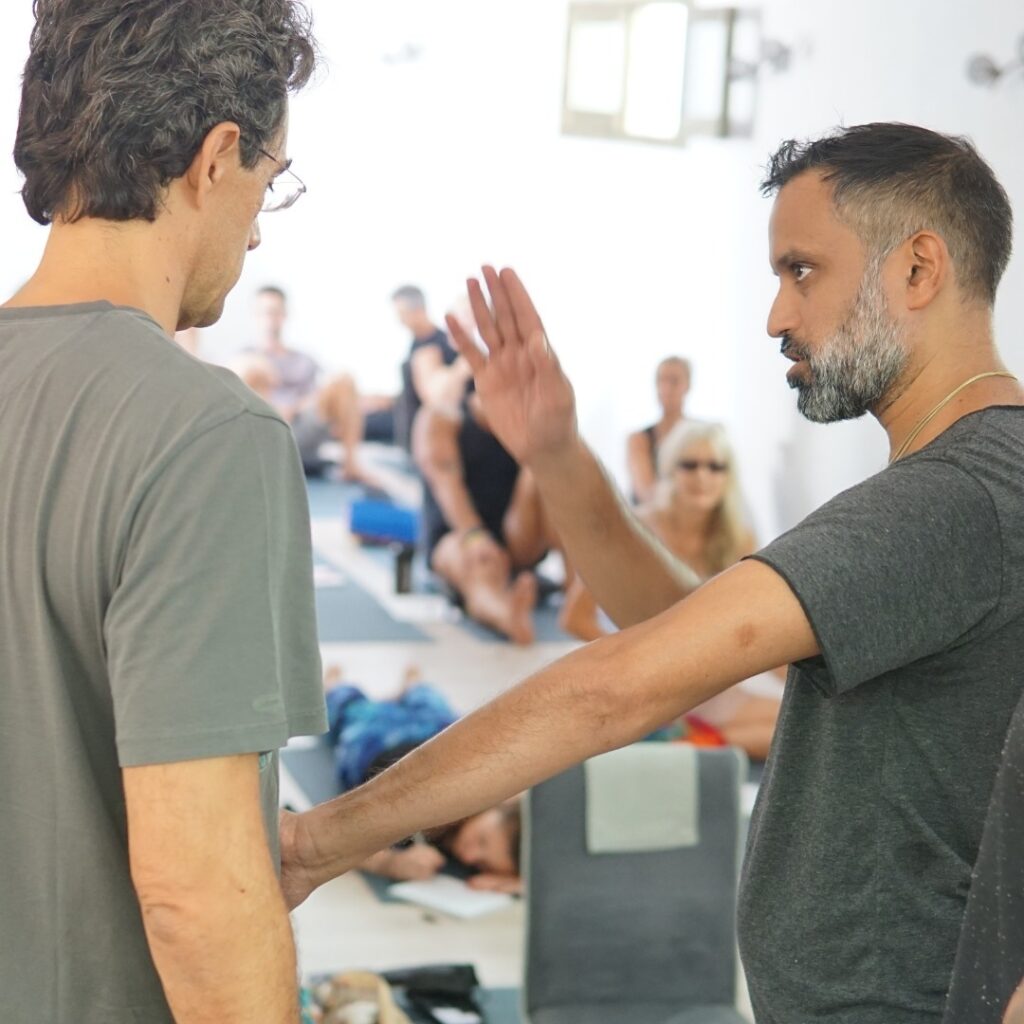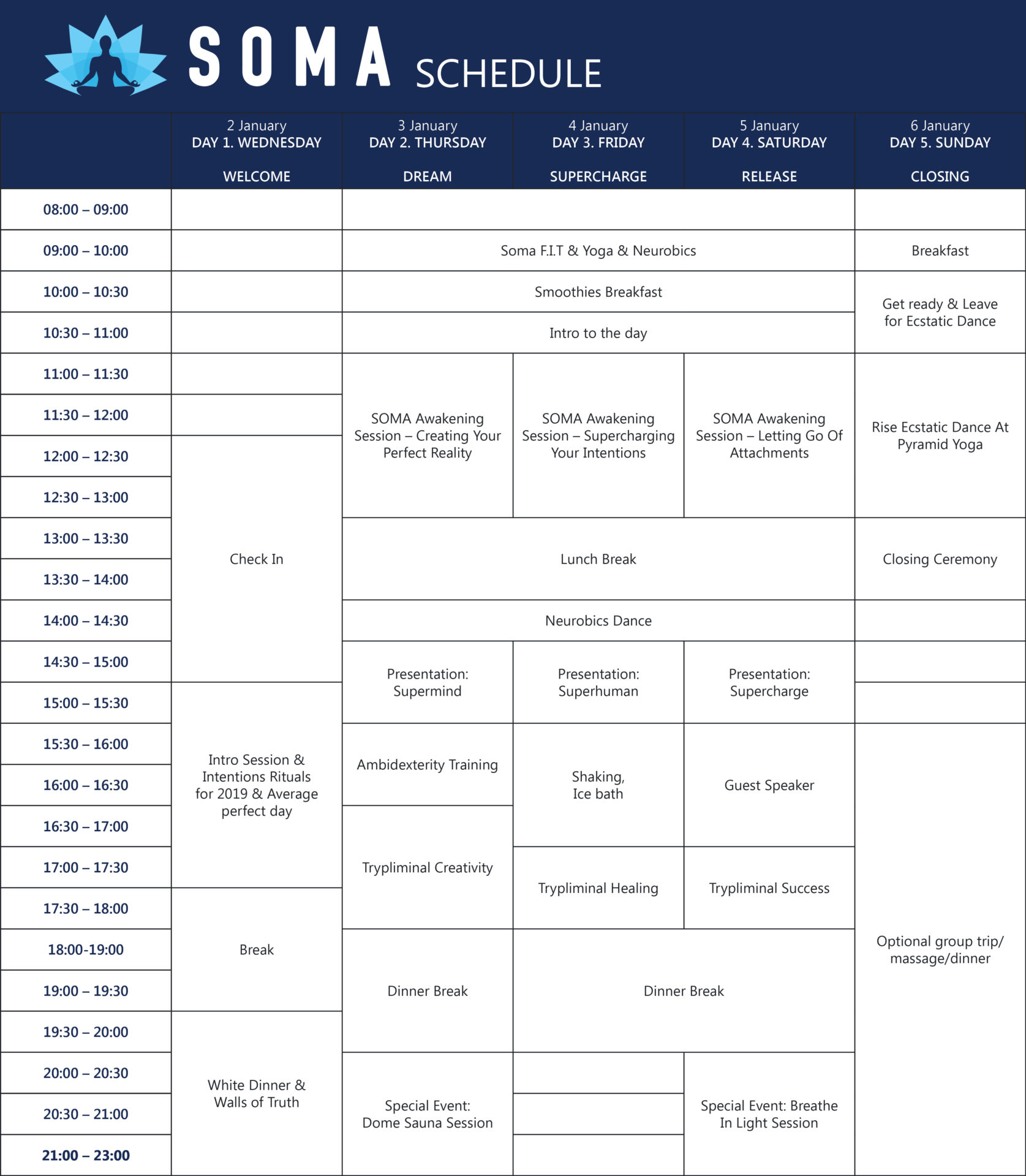Feeling overwhelmed by anxiety is something many of us experience, often leaving us searching for ways to find relief. The constant worry and stress can make even the smallest tasks seem daunting. But what if the key to managing anxiety lies within us, in something as simple as our breath?

Breathwork, an ancient practice backed by modern science, offers a natural way to manage anxiety. By harnessing the power of breath, we can activate the body’s relaxation response, promoting mental clarity. In this blog, we’ll delve into the science behind breathwork and share specific breathing techniques to calm anxiety and help you find peace in your daily life.
Niraj Naik’s Guide to Calming Anxiety Through Breathing
Niraj’s approach combines ancient breathing techniques with modern science to promote mental and physical well-being. In the video below, Naik offers practical advice on managing anxiety using diaphragmatic breathing for anxiety control.
Breathing Exercises for Anxiety and Panic Attacks
In this section, we’ll explore a few more deep breathing exercises to help with overcoming anxiety. These exercises are simple to learn and can be practiced anywhere, making them a versatile tool for managing stress and improving overall well-being.
Deep Belly Breathing
Deep belly breathing focuses on engaging the diaphragm to take full, deep breaths, which can calm the nervous system and reduce anxiety.
How to Practice:
- Find a comfortable position. Sit or lie down with your shoulders relaxed.
- Place one hand on your chest and the other on your abdomen.
- Inhale deeply through your nose, allowing your abdomen to rise while keeping your chest relatively still.
- Exhale slowly through your mouth, feeling your abdomen fall.
- Continue for 5-10 minutes, focusing on the rhythmic rise and fall of your abdomen.
Benefits: Deep belly breathing for anxiety, otherwise known as diaphragmatic breathing, was found to reduce both physiological and psychological stress in adults1 (Hopper, et al. 2019).
4-7-8 Breathing Technique
The 4-7-8 breathing technique is a powerful exercise that promotes relaxation and helps manage anxiety by regulating the breath and calming the mind.
How to Practice:
- Sit or lie down comfortably.
- Inhale quietly through your nose for a count of 4 seconds.
- Hold your breath for 7 seconds.
- Exhale completely through your mouth, making a whooshing sound, for 8 seconds.
- Repeat the cycle for four full breaths.
Benefits: The 4-7-8 breathing technique for anxiety can improve heart rate variability (HRV) and reduce blood pressure (BP) in healthy young adults (Vierra et al. 2022).
Box Breathing
Box breathing is a structured breathing technique that helps manage anxiety by promoting mindfulness and relaxation through equal-length breaths.
How to Practice:
- Sit upright, breathing normally.
- Exhale fully through your mouth.
- Inhale through your nose for 4 seconds.
- Hold your breath for 4 seconds.
- Exhale through your mouth for 4 seconds.
- Hold your breath again for 4 seconds.
- Repeat for several minutes.
Benefits: Box breathing for anxiety can reduce stress, calm the mind, and activate the parasympathetic nervous system by encouraging mindfulness and regulating the breath.
Alternate Nostril Breathing
Alternate nostril breathing is a Pranayama technique that balances the body and mind, promoting calmness and reducing anxiety. It enhances emotional stability by balancing the left and right hemispheres of the brain.
How to Practice:
- Sit comfortably with your spine straight.
- Close your right nostril with your right thumb.
- Inhale deeply through your left nostril.
- Close your left nostril with your ring finger, then exhale through your right nostril.
- Inhale through your right nostril, then close it with your thumb and exhale through your left nostril.
- Continue this pattern for 5 minutes.
Benefits: Practicing alternate nostril breathing for over one month can improve lung capacity and strengthen your lung muscles.
Nadi Shodhana (Channel-Clearing Breath)
Nadi Shodhana is a traditional Pranayama practice that clears energy channels and reduces anxiety by harmonizing the breath.
How to Practice:
- Sit in a comfortable position with your back straight.
- Close your right nostril with your right thumb and inhale deeply through your left nostril.
- Close your left nostril with your ring finger and release your right nostril, exhaling slowly through it.
- Inhale through your right nostril, then close it and exhale through your left nostril.
- Repeat this cycle for several minutes, focusing on the flow of your breath.
Benefits: Research has shown that Nadi Shodhana can be helpful for managing hypertension (Upadhyay et al. 2023).
The Science Behind Breathwork and Anxiety
Breathing exercises can provide immediate relief from anxiety symptoms, but the science behind their effectiveness goes even deeper. Anxiety profoundly impacts the autonomic nervous system (ANS), which governs involuntary bodily functions such as heart rate, digestion, and respiratory rate. This is why feelings of anxiety can lead to symptoms such as tightness of the chest, shortness of breath, and stomach pain.
Under normal circumstances, the ANS maintains balance between the sympathetic nervous system (SNS), responsible for the "fight-or-flight" response, and the parasympathetic nervous system (PNS), which facilitates "rest-and-digest" activities.
However, chronic anxiety can trigger excessive SNS activation, leading to heightened alertness, increased heart rate, and elevated stress hormone levels, such as cortisol. This persistent state of hyperarousal exacerbates anxiety and undermines physical and mental health over time.
Breathwork, a practice that involves controlled breathing techniques, can help restore balance to the ANS by promoting PNS dominance. This shift from a sympathetic to parasympathetic state encourages relaxation, reduces stress, and fosters a sense of calm.
One such practice is Pranayama, an ancient yogic discipline that emphasizes breath regulation to enhance physical and mental well-being. By engaging in specific Pranayama techniques, individuals can modulate their breath to activate the PNS, thereby countering the effects of anxiety and stress.
Recent research has found that a four-week Bhastrika pranayama program can significantly reduce anxiety and negative emotions while increasing positive emotions in healthy individuals (Novaes et al. 2020). Functional MRI scans from the study showed that pranayama affects brain areas involved in processing emotions, such as the amygdala and prefrontal cortex. It also reduced the connections between the anterior insula and lateral prefrontal cortex, which was linked to lower anxiety levels.
SOMA Breath, a holistic breathwork practice, supports these findings by using rhythmic breathing techniques to positively impact brainwave patterns and improve mood and mental health. According to a study conducted in collaboration with Cambridge University, SOMA Breath not only alters brainwave activity in ways similar to traditional psychedelics but also reduces negative emotions while enhancing states of happiness and calmness.
Join Soma Breath's Breathwork Training for Holistic Wellness
As the science of breathwork continues to evolve, its role in holistic health and wellness becomes increasingly evident, offering a natural and accessible means of achieving emotional and physical harmony.
For those looking to deepen their understanding and practice of breathwork, Soma Breath's Breathwork Facilitator Training offers an opportunity to explore these techniques at a more profound level. Through our comprehensive training programs, individuals can learn how to harness the transformative power of breathwork to manage anxiety and guide others in their journey toward emotional and physical wellness.





